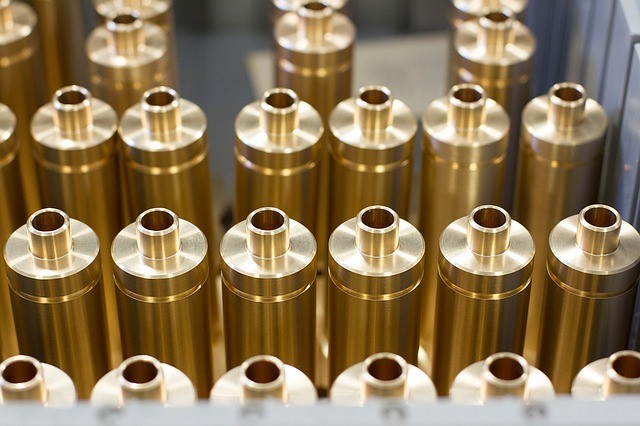Before the metal parts in your car engine, plumbing system, or even the device where you’re reading this from became the intricate construct that they are now, they first underwent a series of arduous processes. Perhaps the most critical of these is molding, as it is in this stage where a metal’s final form is decided.
There are numerous methods for molding metal but arguably the most efficient is extrusion. This method involves forcing a piece of metal (also called “work piece”, at least in metalworking) into a die, a tool that has holes with cross sections smaller than the work piece. The portion of the work piece that is allowed to pass through the die becomes the final product, called extrusion.
Benefits of Extrusion
Molding metals is an expensive business. Casting (one of the costliest methods), for instance, involves melting metal and pouring it into a mold. To achieve this, tremendous amounts of fuel are required to keep the blaze in the furnace going, and there’s a constant need for a new mold. Extrusion, on the other hand, reduces if not completely eliminates the need for both metal melting and mold production. No extreme heat is needed; just enough heat to force the metal into the die, and a special kind of compressor. The die is pretty much reusable so manufacturers don’t have to keep making new ones.
Extrusion also allows for the creation of intricate cross-sections, which is vital for the production of complex machine parts and architectural elements. Because the machines are designed for precision and accuracy, the output is expected to meet specifications and have a smooth finish as well.
Choosing the Metal to Extrude
Virtually all kinds of metal can be extruded. After all, manufacturers only have to build tougher dies for the hardest metal types. The most commonly extruded metals include aluminum, copper, and steel. Their extrusions are often used for making machine parts, wires, and reinforcing bars for structures.
For mass production of rods and sections, brass can be the perfect choice. Apart from the fact that this metal is highly workable, which helps speed up the process, extrusion itself is quicker than other molding methods, making it highly suitable for mass productions. Brass extrusions are also your best bet if you need rustic-looking ornaments for your project.
To make sure that your metal extrusions are of high quality, turn to a supplier that has been providing this kind of product for decades, such as Rotax Metals. It pays to have a supplier who knows the ins and outs of metal production and has a vast experience in providing for a range of projects.
Sources:
Brass Composition, Properties, and Comparison with Bronze, ThoughtCo.com


